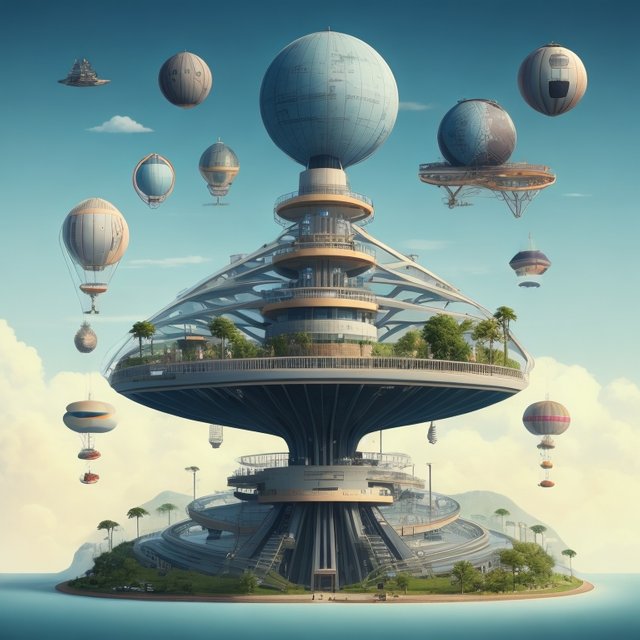Introduction
The internet is a global system of interconnected computer networks that use the standard Internet protocol suite (TCP/IP) to link several billion devices worldwide.it is available for purchase is a network of networks that consists of millions of private, public, academic, business, and government networks, of local to global scope, that are linked by a broad array of electronic, wireless and optical networking technologies. The Internet carries a vast range of information resources and services, such as the inter-linked hypertext documents and applications of the World Wide Web (WWW), electronic mail, telephony, and file sharing.
Evolution of the Internet
The origins of the internet date back to the late 1950s, when the United States Department of Defense commissioned the development of a computer network that could withstand a nuclear attack. This network, called the Advanced Research Projects Agency Network (ARPANET), was first deployed in 1969 and consisted of four nodes. Over the next few years, ARPANET grew to include more nodes and was connected to other networks, such as the National Science Foundation Network (NSFNET).
In the late 1980s and early 1990s, the internet began to be used by commercial organizations and individuals. This was made possible by the development of the World Wide Web and the widespread adoption of personal computers. The internet has continued to grow and evolve ever since, and it is now an essential part of modern life.
Structure of the Internet
The internet is a decentralized network, which means that it is not owned or controlled by any single entity. Instead, it is a network of interconnected networks, each of which is managed by its own organization. This decentralized structure makes the internet very resilient to failures and attacks.
The internet is divided into two main parts: the core and the edge. The core is made up of high-speed backbone networks that connect large networks together. The edge is made up of the networks that connect individual users and organizations to the internet.
The internet also has a number of different layers. The bottom layer is the physical layer, which consists of the cables and other hardware that make up the network. The next layer is the link layer, which handles the transmission of data packets over the physical layer. The transport layer provides reliable communication between applications on different devices. The session layer manages the communication sessions between applications. The presentation layer formats data for display to users. The application layer is the top layer of the internet protocol suite and provides the services that users interact with, such as web browsing and email.
Challenges and Opportunities
The internet is a constantly evolving network, and there are a number of challenges and opportunities that lie ahead. One challenge is the need to keep up with the increasing demand for bandwidth and storage. Another challenge is the need to protect the internet from cyberattacks.
One opportunity is the development of new applications and services that can take advantage of the internet's capabilities. For example, the internet is being used to develop new ways to deliver healthcare, education, and entertainment. The internet is also being used to develop new business models and to create new jobs.
Conclusion
The internet has transformed the way we live, work, and communicate. It is a global network that connects us to each other and to the world around us. The internet is constantly evolving, and it is an exciting time to be a part of it.
Future of the Internet
The internet is still in its early stages of development, and there are a number of exciting possibilities for the future. For example, the internet of things (IoT) is expected to connect billions of devices to the internet, which will create new opportunities for innovation and collaboration. Artificial intelligence (AI) is also being used to develop new internet applications and services, such as self-driving cars and smart homes.
The future of the internet is bright, and it is likely to continue to play an increasingly important role in our lives.
